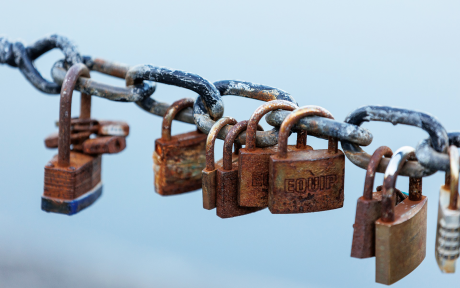Amid this year’s challenging combination of isolation, anxiety, and uncertainty, maintaining physical and mental health and avoiding burnout at work have become increasingly important.
During the COVID-19 pandemic, many people have had to navigate new situations and handle new stresses while working from home and dealing with daily challenges. Simple mindfulness techniques can be beneficial in dealing with this stress and anxiety by helping you find a moment to recharge and refocus in the midst of turmoil. And, applying the principles of mindfulness to everyday activities can help you maintain a sense of perspective and stay focused on what you can achieve.
Keep Calm
Below are five common mindfulness techniques that you can practice anywhere at any time. These thoughtful approaches to engagement can help you prioritize tasks, calmly face conference calls, and gracefully deal with all the distractions and duties that are part of life in tech.
- Start where you are. This idea has to do with being honest and compassionate with yourself and others. It’s about accepting both your strengths and your weaknesses and avoiding judgement. Lamenting a perceived lack of ability is not helpful. It does no good to compare yourself with others, because everyone is on their own path. Remember that each moment is an opportunity to begin.
- Be present. This principle involves showing up. Allow yourself to be ready to learn and experience whatever happens. Practice bringing open-minded interest and enthusiasm to interactions with your team rather than world-weary cynicism.
- Be mindful. Being mindful means practicing focused awareness. The idea is particularly helpful during lengthy conference calls or any situation where you’re likely to be distracted. This practice asks you to listen and observe. If your attention drifts or you get caught up in a side chat, don’t judge yourself; just come back and try again. Write down important points so you can address them later if necessary.
- One step at a time. Move purposefully through your task list, meeting agenda, or learning process. Don’t get too far ahead of yourself. Remember that each step is part of the big picture but must be addressed individually. Notice if steps are repeated or missing. Strive for forward motion rather than churn.
- Breathe. Breathing is perhaps the most important part of any mindfulness practice. Focusing on your breath even for a moment can shift your attention away from the cause of stress, which may help you clarify your thoughts and keep you from reacting impulsively.
These simple steps are aimed at helping you approach everyday activities with a measure of calm. When practiced over time, mindfulness techniques can lead to greater resilience in difficult situations as well as other benefits.
If you find yourself frequently struggling or feeling overwhelmed, please take steps to get the help you need. The resources below offer professional assistance.







Comments